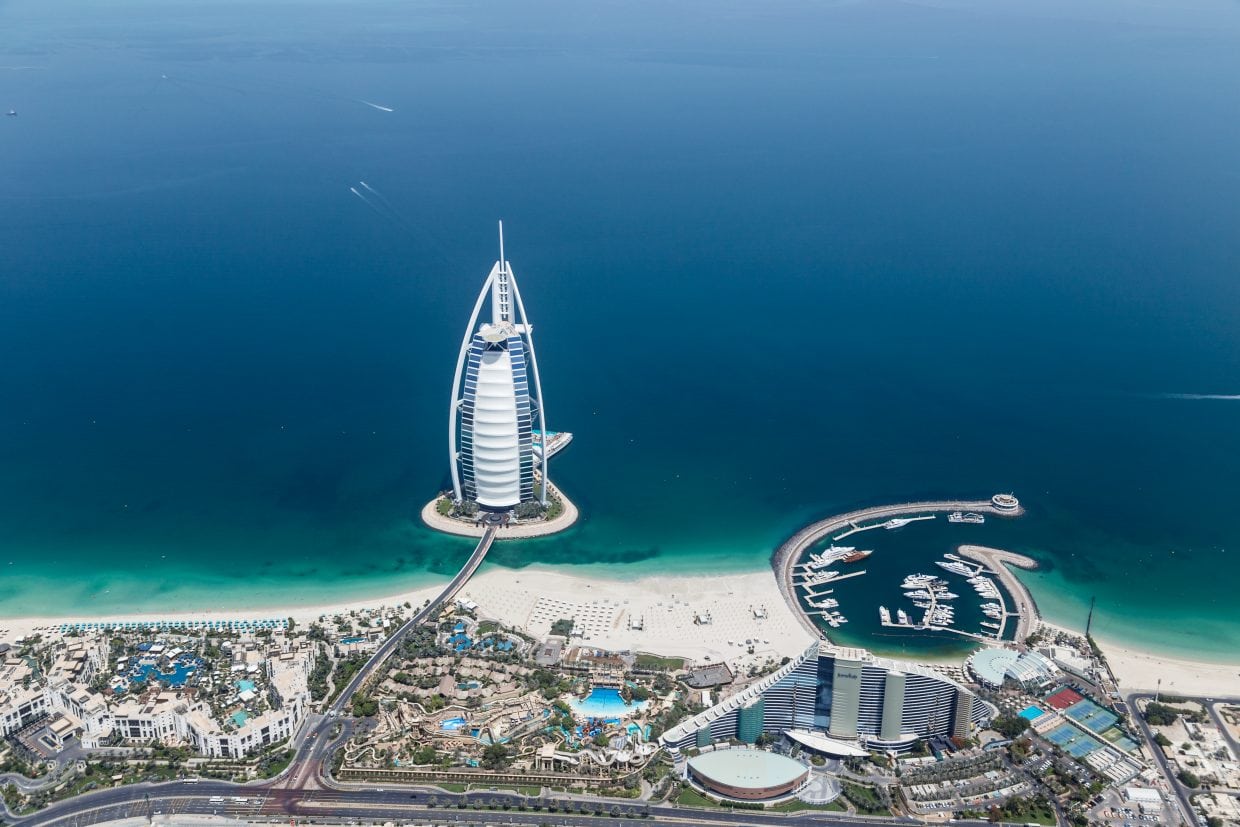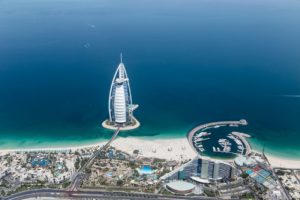Luxury travel is a segment of most destinations’ tourism industries. However, there are few destinations where luxury travel constitutes the key s
Luxury travel is a segment of most destinations’ tourism industries. However, there are few destinations where luxury travel constitutes the key segment of a destination’s appeal. The United Arab Emirates (UAE) has staked its claim in the global tourism market as a high-end getaway, in large part because of its dramatic construction projects like the Burj Khalifa, the world’s tallest building, or the Palm Jumeirah, an artificial archipelago in the shape of a palm tree and home to thousands of luxury villas.
China’s ever-growing number of outbound tourists have made the country a key new target for the UAE. While the average spending-power of Chinese tourists is substantially lower the tourists the country attracts from its neighboring Gulf countries or Europe, the UAE’s original pitch to China hasn’t been altered much.
The marketing of the UAE in China has largely revolved around targeting a Chinese equivalent to the high-end segments that the UAE attracts from developed countries, with a heavy emphasis on the country’s theme parks, high-end shopping malls, luxury hotels, and so on. Dubai, in particular, is the most significant destination within the country in terms of international profile and arrivals. The previously mentioned Burj Khalifa and Palm Jumeirah are both located in Dubai.
There are some substantial differences, however, in the marketing and outreach efforts for the China market. One advantage that the UAE has is its ability to sell itself as a shopping destination more effectively in the Chinese market than in Western markets. While prices for luxury goods are necessarily cheaper in the UAE compared to Europe, they are still substantially cheaper than prices in China.
The country’s airports have attempted to tap into the flow of Chinese tourists to and from Europe to make duty-free sales. Dubai Duty-Free, for example, recently finalized a partnership with Ctrip. The country also boasts one of the world’s largest mall’s, The Dubai Mall. Still, this isn’t enough to set the UAE apart in China as a unique vacation spot from major European destinations, or even Singapore and Japan.
In the West, the UAE’s reputation as an architectural and luxury wonderland in the Middle East is widely accepted. In China, on the other hand, the UAE is simply not as well-known. Targeting a specific, high-end market segment can be hard. In China, this is often doubly challenging.
UAE officials and officials in the countries various emirates have responded by casting as wide a net as possible. Dubai was one of the first cities in the world to get a WeChat CityExperience mini-program, an interactive city guide available through the WeChat messaging and social media app. In May, the emirate inked new deals with Alibaba, Huawei, and Tencent, all at once. These new deals would see content promoting Dubai on Alibaba’s youth-oriented OTA, Fliggy; pre-loaded Dubai promotional material on Huawei phones; and the Tencent partnership includes increased marketing on WeChat and efforts to expand acceptance of WeChat Pay, Tencent’s mobile payments platform.
Dubai is by far the biggest draw for the growing number of Chinese tourists traveling to the UAE. 91 percent of Chinese tourists to the UAE traveled to Dubai in 2017.
However, that doesn’t mean that other emirates aren’t making efforts to reach out the Chinese market. At this spring’s ITB China travel exhibition in Shanghai, the UAE delegation included representatives from both Abu Dhabi and Sharjah. Abu Dhabi, in particular, is emphasizing the presence of the Louvre Abu Dhabi, in a bid to market the city as a cultural destination worthy to be on the itineraries of Chinese tour groups.
jingdaily.com


